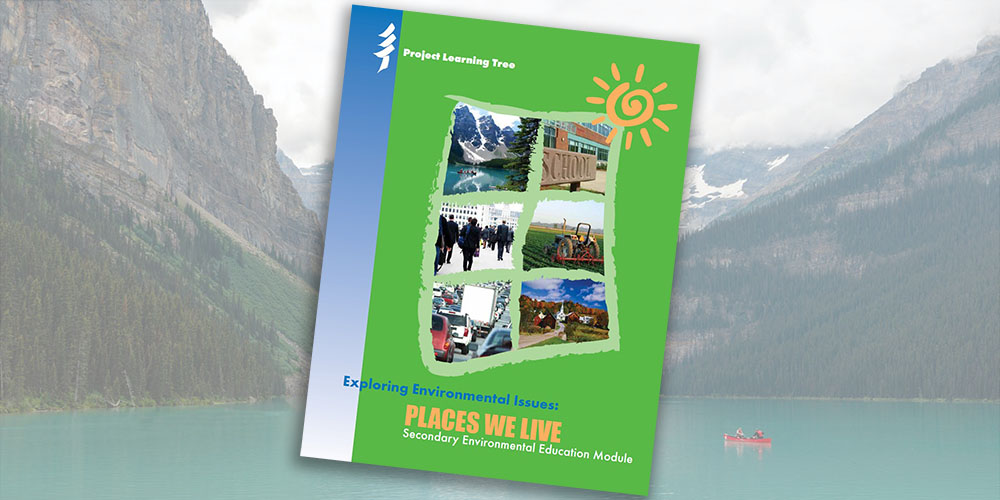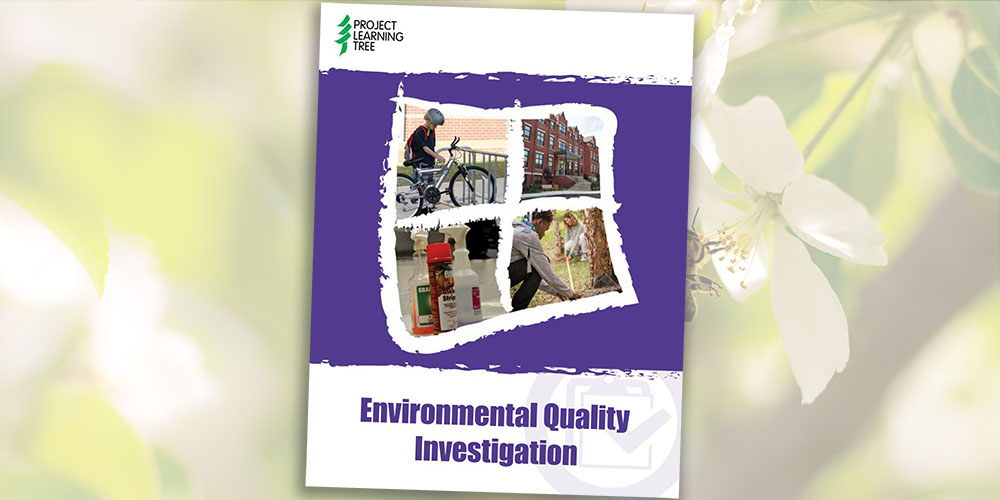Exploring Environmental Issues: Places We Live
Project Learning Tree’s Exploring Environmental Issues: Places We Live provides educators with a useful tool for place-based education to help create a bond between young citizens and their communities. Through eight hands-on activities, students will explore current and future community environmental issues, enabling them to make informed decisions about those issues.
Access this 184-page module by purchasing a print copy.
Community Character
Students explore community character and investigate ways that communities, including their own, are responding to growth and development pressures.
Far-Reaching Decisions
Students develop graphic organizers and creative presentations to illustrate how individual decisions can impact the local environment, as well as distant communities. They also measure their own ecological footprint.
Green Space
Students investigate green infrastructure and native plant communities at the neighborhood, community, and regional scales. They also explore the dual needs to accommodate population growth and to protect green space and native plant communities.
Mapping Your Community Through Time
Student teams investigate the social, cultural, economic, aesthetic, and environmental components of their community to create map overlays and reports describing the development of their community through time.
Neighborhood Design
Students explore the current layout of their neighborhoods, critically evaluate a variety of development options, and formulate ideas for guiding further growth in their communities.
Personal Places
Students investigate and report on their connection with a special place and with their greater community.
Regional Community Issues: The Ogallala Aquifer
Students investigate a regional issue as they adopt the roles of shareholders and debate solutions to the depletion of North America’s largest aquifer.
Vision for the Future
Student teams develop and present a vision for the future of an area in their community.
Login to download supporting materials such as appendices and teaching tips.
Login
 Get this Guide
Get this Guide
 Find Training
Find Training





